Munjya: Maddock's Film Flubs Both Horror & Comedy
In Maddock’s expanding horror comedy repertoire, Munjya is the weakest entry yet. Ishita Sengupta reviews.
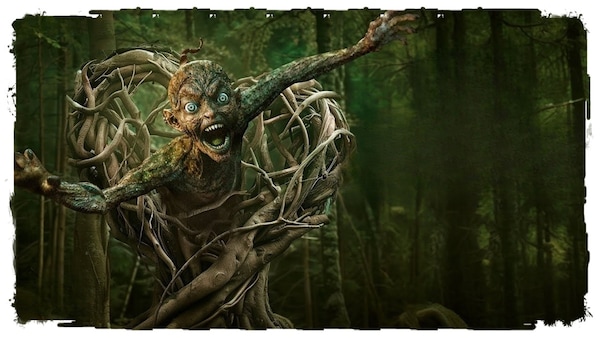
Last Updated: 05.18 PM, Jun 08, 2024
MUNJYA is the third film in production house Maddock’s expanding horror comedy repertoire — and the weakest one yet. A part of this comes down to reputation. Aditya Sarpotdar’s directorial venture comes on the back of Stree (2018) and Bhediya (2022), both by Amar Kaushik and both well-made films that effortlessly married messaging with craft. Munjya does neither well, which makes it an unworthy follow-up. But even without the burden of legacy, there is little going on for the staggeringly unfunny enterprise that looks more made up than made, and more tonally ambivalent than advertisements that appear to be selling air when the product is something else entirely — shirt? soap? cement?
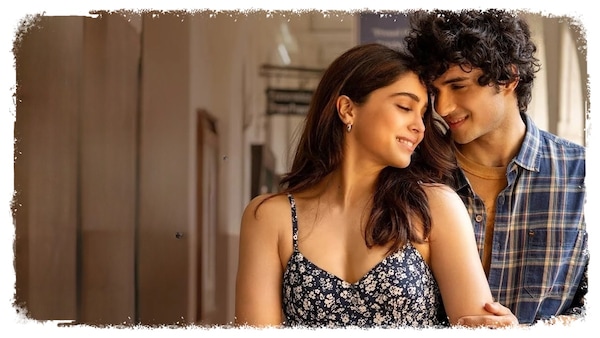
I am digressing. Munjya as an individual film does not work: It is neither scary nor funny. It is neither crafty nor ingenious. It is neither message-heavy nor flaky. It is, in fact, a load of nothing that hardly registers. Here’s the premise: a young boy, Bittu (Abhay Verma) lives in Pune with his mother Pammi (Mona Singh) and grandmother (Suhas Joshi). They have a family parlour. Ten minutes into the film we sense that Bittu gets frequent nightmares about his native village at Konkan. Fifteen minutes into the film we sense that Bittu is smitten with someone called Bela (Sharvari), a Zumba instructor who also comes from the same village as him, and that their grandmothers are friends. Twenty minutes into the film we sense that Verma has only two reactions — love stricken or scared. For a record time of two hours, the actor flits between looking like a sad puppy or petrified. It is a grudgingly committed performance that reminded me of Ameesha Patel’s reel-winning excessive turn in Aap Mujhe Achche Lagne Lage (2002).
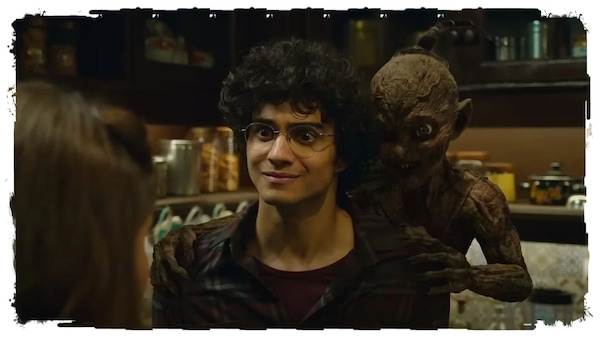
It is not that the writing helps. Munjya is admirably non-committal about everything, even its own premise. The outing opens with Bittu receiving an offer to study cosmetology at a university abroad but that is neither relevant nor even mentioned later. When Bittu’s grandmother tells him there is a ghost in a tree — right after they were attacked by the said ghost — they fist bump as if they were exchanging witty observations about the weather. Characters absent for long stretches (re)appear fully-clued into the proceedings. Sharvari, who has tremendous screen presence and potential, is made to portray a character whose IQ seems on par with that of a toddler. Bela is the most pliant person you’ll ever come across, who has zero idea about anything happening around her. Her friends tell her something and she believes them and then agrees with them.
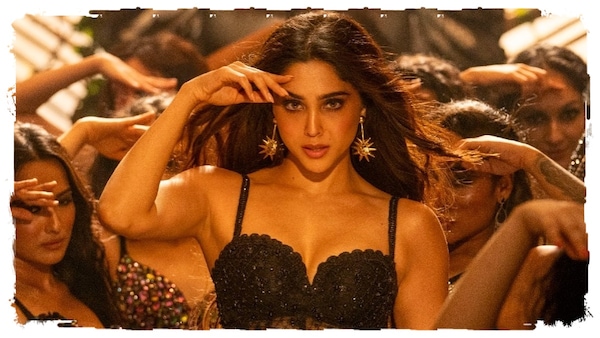
The story takes off when Bittu’s cousin is about to get engaged and the occasion brings the whole family to the village. A bit of family sparring later, he goes to a supposed haunted site where he is attacked by Munjya, the vengeful spirit of a prepubescent child who’s lurking behind in this world due to their unfulfilled desire. Back in the 1950s, the monster was in fact a child obsessed with a much older girl…whom Bela resembles.
On paper, there was promise. Imagine a tiresome, obsessive ghost still in love with a woman from centuries ago and a young, bashful boy unable to convey his feelings to the girl next door. Now imagine the human and the ghost are thrown in together and that these girls look alike. If not scary, there was plenty of potential for humour. (Taran Singh as Bittu’s cousin Diljit Singh is excellent. He is a videographer whose laptop wallpaper is Steven Spielberg wearing a turban!)
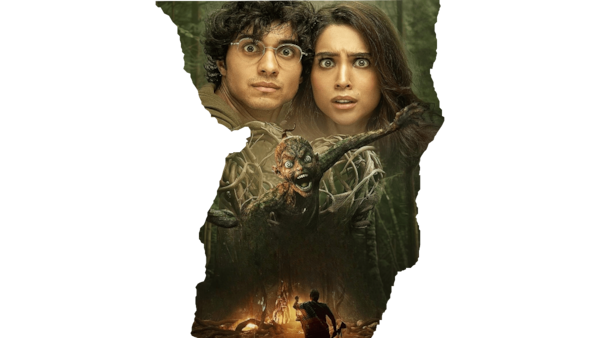
Munjya squanders the promise and runs in circles, reducing every situation to a silly gag. The subtext about female consent arrives much later and when it does, it makes one wonder if a film that invested the least in writing the female characters (even Mona Singh is given a stock Punjabi mother role) can have the moral high ground to make a whole film on them? The answer should be no.

 Premium
Premium